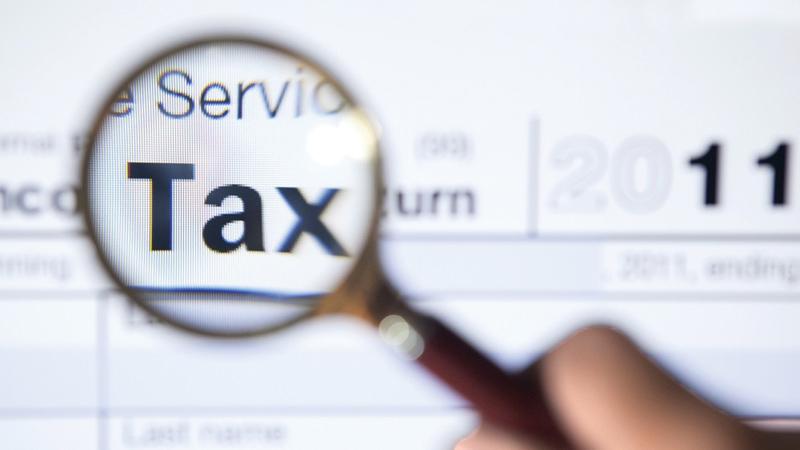
On February 2, Indian Finance Minister Arun Jaitley presented his fourth Budget, which was aimed at helping the common man, farmers and small industrialists and to keep them happy.
Taxation
Corporate Income Tax. It was proposed to reduce Corporate Income Tax Rate from 30% to 25%., where the annual turnover does not exceed Rs. 50 crore (500 million). It was stated that such companies will be able to compete with the other Asian companies due to this reduction. But critics say that the relevant companies may not be involved in such a competition. In the last year certain selected companies got 29% rate. As a result the rate structure for companies will be 30%, 29% and 25%.
Individual Income Tax. The lower rate will be reduced from 10% to 5% where the taxable income between Rs. 2.5 lakhs to Rs. 5.0 lakhs. Apparently, this may give some relief to around 90% of income tax payers amounting to little more than 17 million.
No change in the other rates but there will be a 10% surcharge on higher rates, where the taxable income up to one crore (10 million). Existing surcharge of 15% will continue where the taxable income above 1 crore (10 million).
Excise Duty on cigarettes. In keeping with the current trend to discourage smoking, Excise Duty on certain cigarettes will be increased from Rs. 215 per thousand to Rs. 311 per thousand.
Capital Gains on immovables. The current three year period will be reduced to two years, in determining the liability. Base date for valuation will be changed from 01.04.1981 to 01.04.2011.
Important statistics
Out of 125 crore (1250 million) individuals only 1.5% (1.9 crore or 19 million) pay income tax.
Top 0.1% out of 1.9 crore (23,932) pay 26% of total individual income tax revenue.
(Each of them has declared taxable income above Rs. 10 million)
Next 1.0% out of 1.9 crore (195,342) pay 14% of total individual income tax revenue.
Next 2.0% out of 1.9 crore (415,302) pay 14% of total individual income tax revenue.
Next 7.0% out of 1.9 crore (1,283,509) pay 18% of total individual income tax revenue.
Balance 89.9% out of 1.9 crore (17,179,474) pay 23% of total individual income tax revenue.
Nearly,60% of total individual income tax revenue is paid by 634,576 individuals. Balance 40% is paid by 18,462,983 individuals. This shows the serious problem in the distribution of income.
However, it can be considered as a positive feature, since the revenue autho rities have been able to get 40% of total individual income tax revenue from around 18.5 million individuals who are in the lowest brackets of taxable income.
Accordingly,98.5% (1231 million) get income below the liable limit of Rs. 2.5 lakhs a year. Further, farmers are exempt from income tax. In 2015/16, out of 3.7crore (37 million) individual income tax returns, 99 lakhs showed income below exemption limit.
Out of 76 lakhs individuals who reported income over Rs. 5.0 lakhs, 56 lakhs are employees. Out of 4.2 crore (42 million) individuals working in organized sector, only 1.74 crore (17.4 million) file tax returns.
Clean India
Finance Minister openly admitted that “we are largely a non-tax compliant society”.
Demonetization exercise commenced on 08.11.2016 proves this point.
Till 30th December 2016, there were deposits between Rs. 2 lakhs and Rs. 80 lakhs made in 1.09 crore (10.9 million) bank accounts !
Personal tax collection was increased by 34.8% in the last 03 quarters of 2016.
The Tax Administration will honour the honest tax payers.
Cash transactions - Cash transaction above Rs. 03 lakhs will be banned. However, there may be problems in implementation due to very large population involved in cash transactions, with no banking facilities.
Political donations - Cash donations to political parties have been reduced from Rs. 20,000 to Rs. 2,000 per donor. Can this cleanse politics in India? (or anywhere in Asia?)
Chit Fund Schemes. Steps will be taken to protect poor people from such schemes.
Implementation of GST (Goods and Services Tax)
It looks like that the GST may not be implemented by April 1, 2017. This is a very difficult task for all concerned since a comprehensive GST for the Centre and States, with centralized administration may not be a cake walk.
Some lessons for Sri Lanka
Second phase of solar power project of 20,000 MW capacity should be launched.
Unmanned level crossings should be eliminated by 2020.
This article is based on news published by the ‘Economic Times - India’
